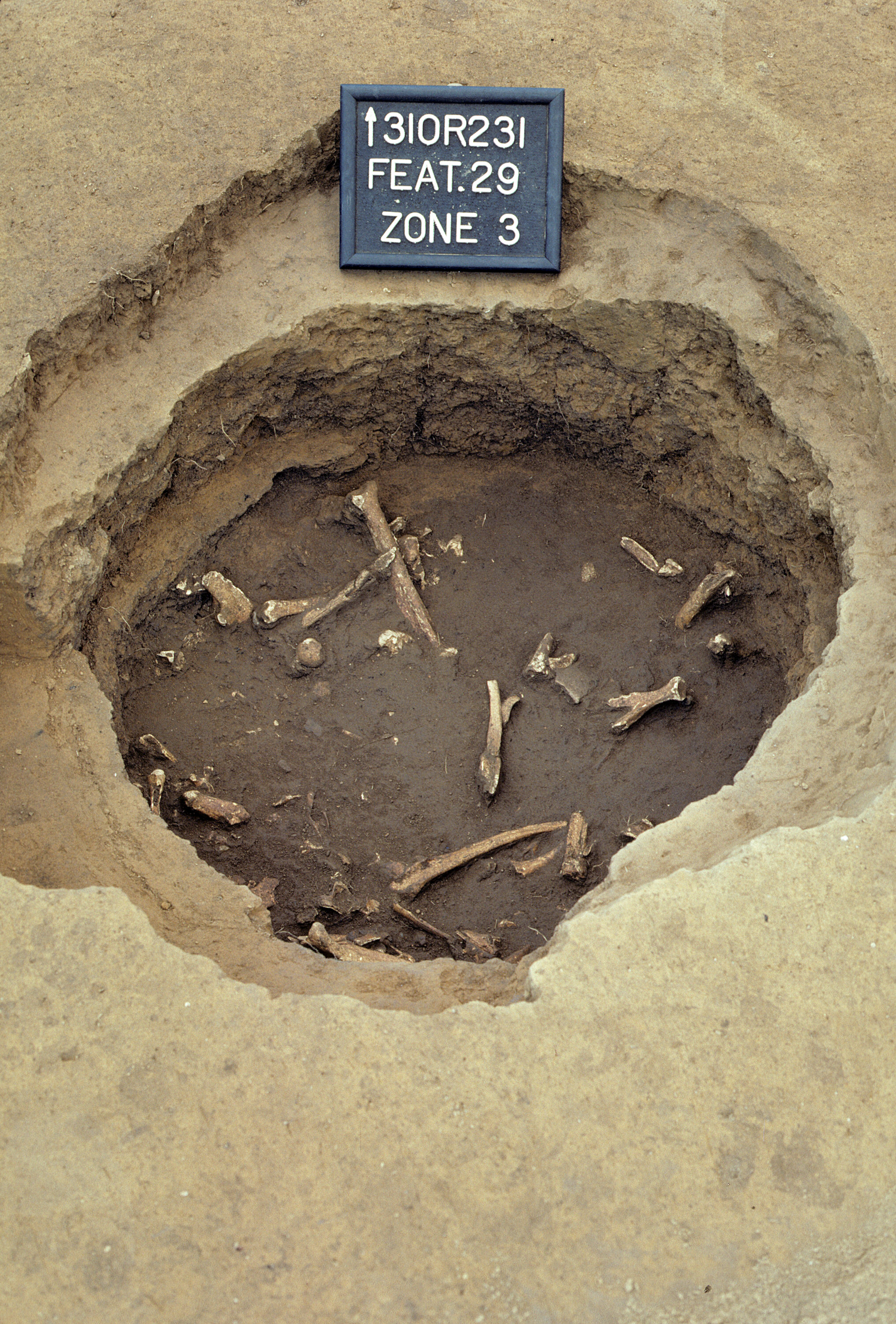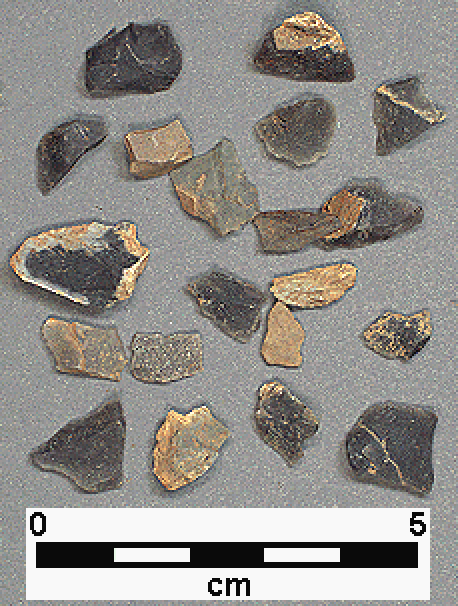Common Artifact Types
Below are some of the common types of artifacts found at Occaneechi Town.
- Animal Bones
- Brick Fragments
- Charcoal
- Chipped-Stone Projectile Points
- Clay Pipe Fragments
- Daub & Fired Clay
- Flakes
- Glass Beads
- Glass Fragments
- Gunflints
- Lead Shot
- Potsherds
- Shell Beads

